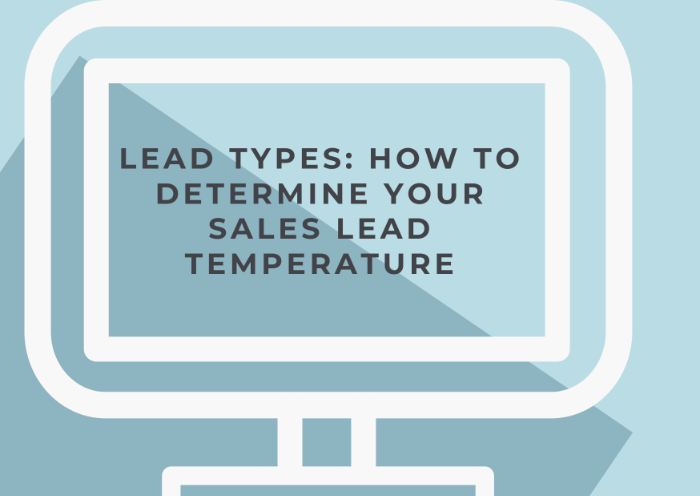
The lead generation process looks simple; however, it’s quite compressed when you start practicing. Lead generation requires the utmost focus and effort from the sales departments. Sellers must know about the types of leads and their characteristics. Sellers must be well informed about the temperature of leads; temperature indicates the distance of prospects from goals. Businesses utilize strategies to turn prospects into customers and therefore monitoring temperature could identify their stages. Higher the temperature, the higher the chances of conversion. The hottest leads do not have to back away from purchasing, so sellers must give importance to all clients equally.
Warmer leads are closer to buying products or services, they are well informed and await decisions. However, cold leads are interacting with sellers but aren’t yet near purchasing the item. Sales lead temperature identification is quite essential for selling. Companies must know about the feelings and requirements of the lead to take further steps. There are several methods to measure the lead’s temperature. Temperature identification helps businesses to apply appropriate strategies for persuasion and conversion. This article will provide you all information regarding the lead temperature and how to measure temperature. Read till the end to lead all about it.
What is Sales Lead Temperature?
Lead temperature is the indication of the interest a lead has in the product. Higher the temperature, the higher the interest of prospects in purchasing the product. Companies use this approach to find the level of interest prospects have in products or services offered. Strategies are devised accordingly to persuade clients. Sales departments use online software or other techniques to measure the warmth of prospects. The warmer the lead more chances it would convert and become a client. There are different stages of the warmth of lead. Sellers must learn about the different levels of temperature and methods to measure temperature to optimize sales.
Different Temperatures of Sales Leads
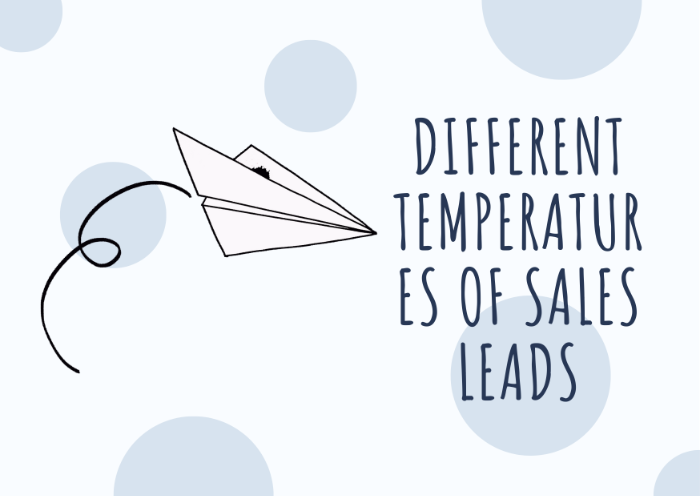
Identifying the level of warmth is essential during the conversion process, how much information should be conveyed depends upon it. People in the market that have an interest in your product and fit your customer profile are sales leaders and their temperature is measured to see if they are going to purchase or not. Following are the three levels of the prospect’s temperature.
Cold Lead
Cold leads are prospects, who haven’t been introduced to the product of your company. They have all characteristics of ideal customers but haven’t learned about the company’s products. Cold leads are the costliest to convert as they require tons of effort by sellers. Sellers must introduce products or services and then educate prospects further. Providing too much information at the start could also overwhelm the leads and push them away. Sales reps must take a slow approach toward the customers at the start. Personalized emails could do the job. Cold sales leads are persuaded and taken to the next stages.
Warm Leads
Warm leads are near the conversion point but still require some information about products. These prospects are ready to purchase a product or service but are near the point of conversion. Customers at this point require in-depth knowledge of the product and company. Businesses try to make relations with customers at this stage. Most inbound leads are warm leads as they search for products online and contact companies themselves. They provide personal information and their conversion chances of them are high. Salespersons use the informative approach in the case of B2B warm leads. This is quite a crucial stage as sellers have already done efforts and customers leaving at this stage are lost. Warm leads are active prospects looking to purchase a solution to the existing problem and a little information with an appropriate offer could win the company a customer.
Hot Leads
Hot leads are just ready to purchase, sellers just have to provide offers and close the deals. Hot leads are what every business wants, cost of the conversion process is quite low. The sales department doesn’t have to do much effort, as customers are already well informed about the product and company. Such prospects have already searched the market and compared prices, quality, and other aspects of products and services. They have made decisions and sellers just have to capitalize on the opportunity. Referrals are often categorized as hot leads because they have information about products from old customers. They have all information required, ready to purchase. Cold leads through information and persuasion are brought to this stage.
Leads Signals
Leads give buying signals which are essential for salesperson to learn about. An effective seller knows about the signals buyers give off and capitalize on these to devise future strategies. Buying signals doesn’t mean leads are ready to purchase, these signals identify that they are ready to move towards the next stage of the selling process. Companies use these signals to devise the next strategies of interaction and persuasion. Following are buying signals of leads:
Signals of Increasing Temperature
Prospects show that they are ready to move toward the next level by giving some signals. Customers start interacting with the sales departments more often. The interactions increase and prospects often fill out forms in exchange for offers. Sellers must identify when customers start interacting more. Leads temperature starts increasing and they move towards the next level with more interest in the product. Customers use free trials in exchange for offers and don’t start selling products right away. Start by providing assistance to customers and giving a quality user experience. Take feedback on free trial basses and help them understand the product. Leads might take time for qualifying.
Signals of Qualified Leads
Sales lead temperature indicates the level of qualification, watch out for signals that indicate the hottest stage of leads. Leads would ask to sign a contract or the product pricing. This is where sellers must understand that lead is almost ready to purchase. The biggest problem companies face is that business representatives try to the product directly. Let customers bring up the question of purchase, take the indirect way of influencing their decision. Inform customers about deals that the company had and let them ask about purchasing the product. Companies couldn’t be sure if leads are hot until the sales departments are asked for the purchase.

Don't know how to increase sales?
No problem, just know people.
Signals Leads are Losing Interest
Sales lead also give signals when they are interested in the product or the company’s approach isn’t working. Customers would start reducing interaction and would respond. This is where salesperson would understand that the customers are losing interest and that persuasion strategies have flaws. Try understanding the flaws and provide some offers to customers to increase their interest. Such cases could happen to warm leads. So to keep the temperature high sellers must optimize the selling strategies being utilized by the reps.
Lead Management and Its Benefits
The lead management process is quite important, it’s the process that takes a prospect from being a prospect to a customer. The different stages the client has to take to become a customer are all part of the sales lead management system. Lead management identifies the requirements of the clients and feeds the right information. The first step is lead identification and then they are educated about the company and products. Both parties interact until the lead is qualified and ready to purchase. Sellers close the deal by selling the product. Companies have now automated the management system by utilizing online software. They help boost the conversion process and allow for the optimization education process to reduce costs. An effective lead management strategy is essential for a company to grow its audience over time.
Importance of Automation in Sales Lead Temperature Identification
Automation is the new normal, from production to marketing businesses are becoming automated. Companies that use automation in their production, marketing, and selling can cash high revenues. Companies grow steadily with automation. So, it is also important to automate lead capturing and temperature identification. Following are the benefits of utilizing customer relationship management tools for leads temperature identification:
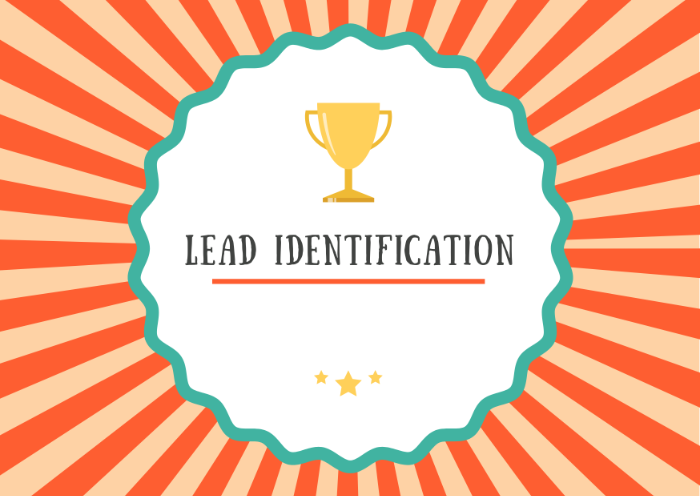
Lead Identification
Customer data gathered by companies is fed to the CRM, CRM tools then categorize leads based on their interest in the product or service. Categorizing audiences into different categories help optimized the approach of the company. Costs are reduced by approaching customers that have a high chance of a conversion. Customer relation management tools use customer profiles to identify people who have high conversion rates. Targeting audiences become easy with the help of online software.
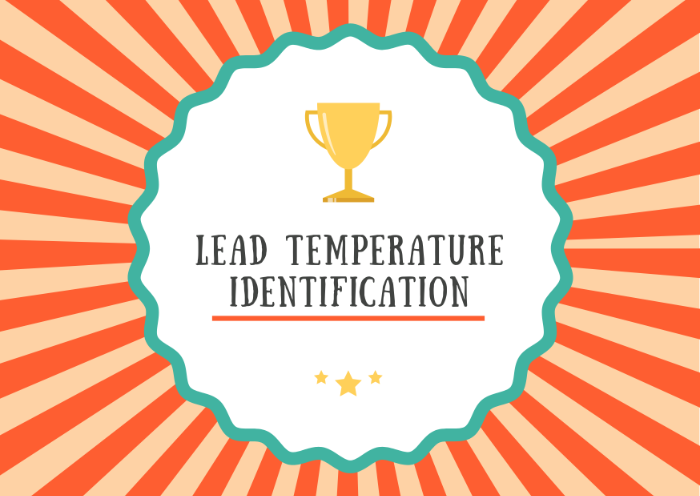
Lead Temperature Identification
All interactions with customers are recorded in CRM and the software use that data to identify the temperature of the sales lead. The software uses the number of interactions, and the characteristics of customers and tracks its movement over the company’s website to find their temperature. The software easily identifies the temperature of the leads which helps sellers use the right approach for persuasion. Identifying the temperature without the software is quite a difficult and time taking process.

Right Approach Suggestions
CRM could identify the quality of leads and identify the method for approach. The interaction strategies of each lead are different based on their temperature. By identifying the warmth the software quickly devises an effective strategy for the customer approach. Businesses could use this suggestion to boost their conversion. Studies suggest that by applying the right strategy at the right time companies could increase their conversion rate. Salespersons could easily persuade customers by following the right approach.

Software Integration
CRM allows different software integrations to boost the conversion process. Companies use different sources to contact clients, and CRM could integrate with them to speed up the process. Email integration allows the salesperson to send automated personalized emails to customers. CRM could personalize each email by adding the client's name and post. Customer relation management tools can also be integrated with Facebook and other marketing sites to optimize marketing efforts. Facebook and CRM integration could take targeted marketing to next level where only those customers approached to have the highest chances of conversion.
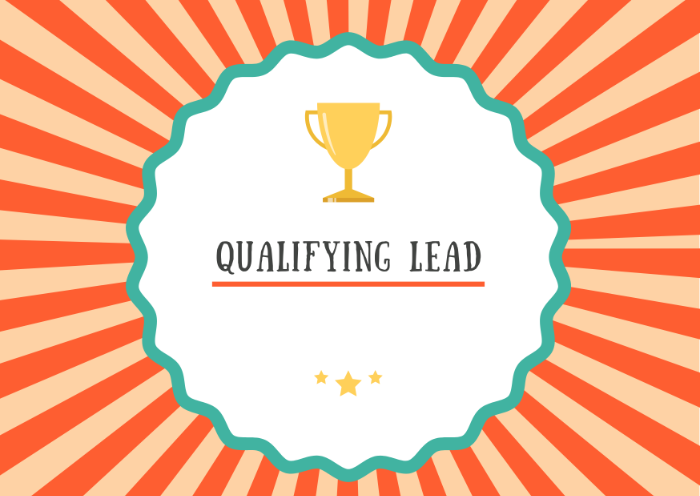
Qualifying Lead
Prospect management is important and using software that could automate and optimize the qualification of leads is every company’s dream. Sellers use software to optimize the selling process and lead qualification. They use the filter and the strategies devised by software to approach clients and persuade them, Lead qualification becomes easy with lead management software.

Notifying Sellers
CRM notifies sellers about the interaction of prospects with the company. The software follows the user's activity on the company’s website to identify their interests. A new interaction is conveyed to the seller through notification. Sellers could focus on educating prospects and companies could reduce the number of employees to cut costs. Cost reduction could improve the return on investment. Sellers won't have to look for new audiences interacting with the company as the CRM is up to that and would identify by prompting notifications.
Final Words
Sales representatives used several lead identification methods to identify the lead’s temperature. Reps do that do devise appropriate strategies for conversion. Lead management tools are utilized for optimizing the process. Automating the lead management process has helped companies boost sales and improve their earnings over time.



































































